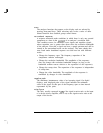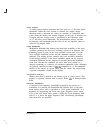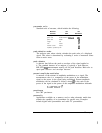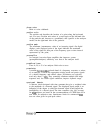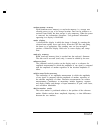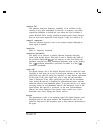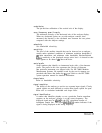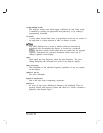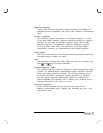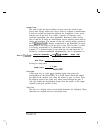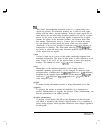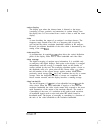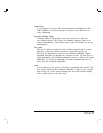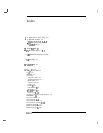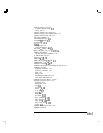
I
-
I
-
spectrum analyzer
A device that effectively performs a Fourier transform and displays the
individual spectral components (sine waves) that constitute a time-domain
signal.
spurious response
The undesired responses that appear on an analyzer display as a result
of the input signal. Internally generated distortion products are spurious
responses, as are image and multiple responses. These can be either
harmonic responses or nonharmonic responses. Harmonic responses
are second, third, fourth, and so on, harmonics of the input signal.
Nonharmonic responses are intermodulation and residual responses.
state-register
The area of user memory in the analyzer where measurement results and
associated analyzer settings are stored.
step
The increment of change that results when you press the front-panel step
keys,
(3-J
and
0,
or by program commands.
stimulus-response mode
The operating state that allows an analyzer to make measurements similar
to those of a network-analysis measurement system. Analyzers with this
ability use tracking generator functions. The tracking generator may be
an external instrument (stand-alone tracking generators) or designed
into the analyzer hardware. Measurement results are displayed in a
relative-amplitude scale resulting from a variation, plus or minus, from a
reference (normalized) value stored in a trace.
stop/start frequency
Terms used in association with the stop and start points of the
frequency measurement range. Together they determine the span of the
measurement range.
Glossary-25
I-



